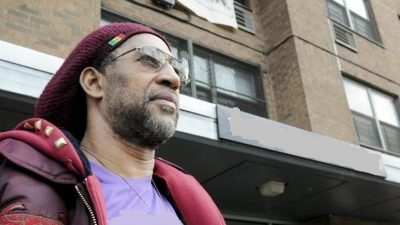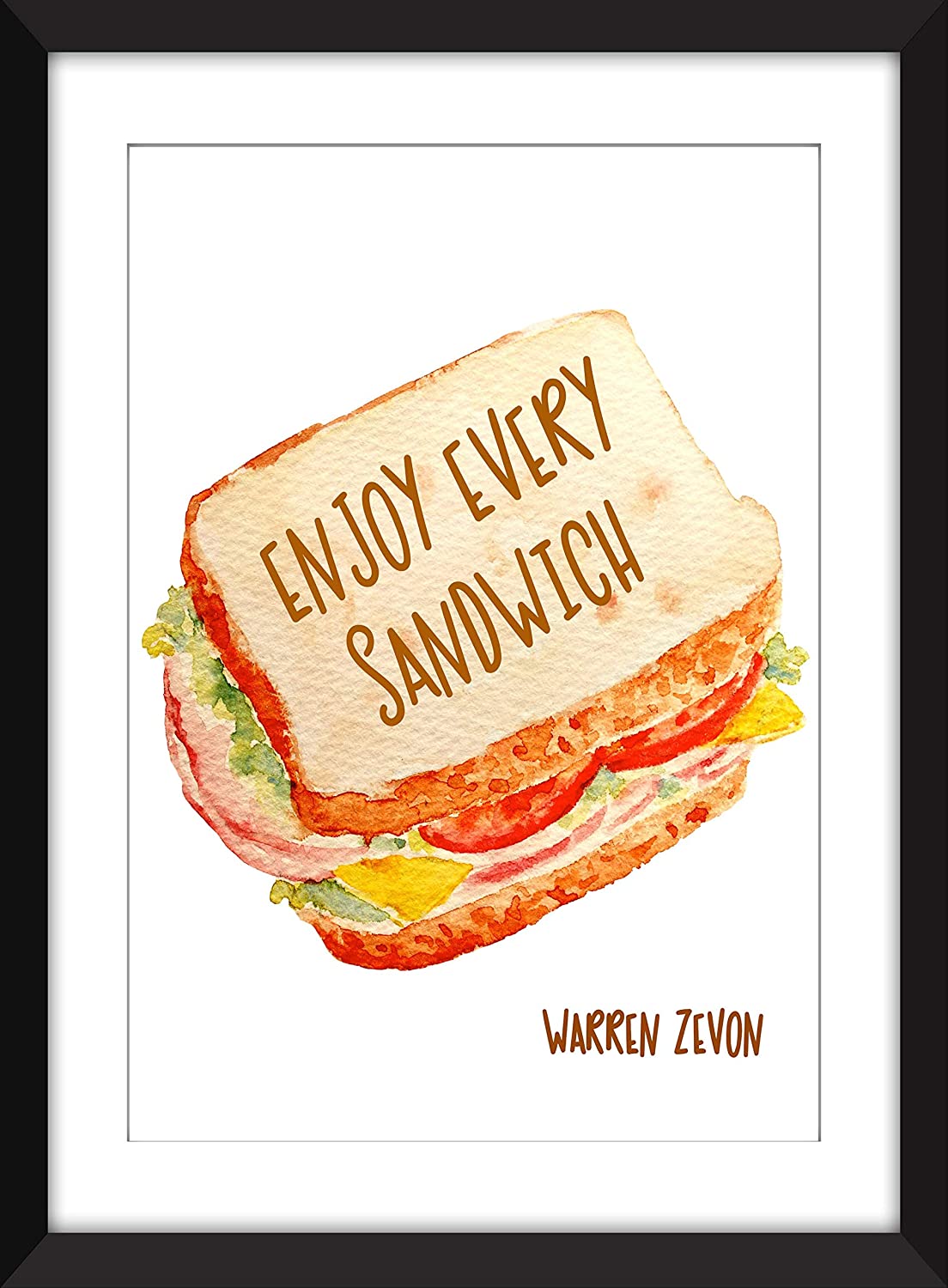
DJ Kool Herc – 1520 Sedgewick Ave. (2015)
Bezoekers
0 Echte bezoekers online! 8 Lurkers Record: 5 echte bezoekers. Binnenkort in dit theater!
Laatste reacties
 Rick B on #20265 [Rick B]H: Als hij in Nederland geboren was en niet in Engeland had hij vast Joost geheten.
Rick B on #20265 [Rick B]H: Als hij in Nederland geboren was en niet in Engeland had hij vast Joost geheten. Rick B on #20264 [Blogman]Joost Belinfante - Fante (1982)
Rick B on #20264 [Blogman]Joost Belinfante - Fante (1982) Blogman on #20264 [Blogman]Een jaar eerder.
Blogman on #20264 [Blogman]Een jaar eerder. Blogman on #20263 [Rick B]Joost - 1983
Blogman on #20263 [Rick B]Joost - 1983 Rick B on #20263 [Rick B]The dude links is veel in het nieuws en dat zal de komende welen alleen maar meer het geval zijn.
Rick B on #20263 [Rick B]The dude links is veel in het nieuws en dat zal de komende welen alleen maar meer het geval zijn. Rick B on #20262 [Ludo]The Vines - Highly Evolved (2002)
Rick B on #20262 [Ludo]The Vines - Highly Evolved (2002) Ludo on #20262 [Ludo]De band is 4x eerder langsgekomen hier. 3x met albums. Ze speelden op Lowlands jn het jaar van uitga…
Ludo on #20262 [Ludo]De band is 4x eerder langsgekomen hier. 3x met albums. Ze speelden op Lowlands jn het jaar van uitga… Ludo on #20261 [Rick B]Yes! Ik had zondag nog gekeken, toen kon het nog niet en gister totaal vergeten.
Ludo on #20261 [Rick B]Yes! Ik had zondag nog gekeken, toen kon het nog niet en gister totaal vergeten. Rick B on #20261 [Rick B]Hallo Ludo, je had het antwoord binnen zeven minuten. Je mag nu een nieuwe opgave posten.
Rick B on #20261 [Rick B]Hallo Ludo, je had het antwoord binnen zeven minuten. Je mag nu een nieuwe opgave posten. Blogman on #20261 [Rick B]Thanks!
Blogman on #20261 [Rick B]Thanks!
Categorieën
- 12 inch (62)
- Achterkant (49)
- Action figure (44)
- Binnenhoes (21)
- Concertzaal (35)
- ConXie (68)
- DVD hoes (17)
- EP (258)
- Foto (1.310)
- Fotosoep (873)
- Foute hoezen (33)
- Geanimeerd (83)
- Hoes (15.855)
- Hoesfragment (688)
- Instrument (14)
- Label (4)
- Liedjes (13)
- Logo (28)
- Ontwikkeling (69)
- Picturedisc (6)
- Podcast (1)
- Popquiz (40)
- Popquizteamnaam (39)
- Single (2.120)
- Stand (205)
- Tekening (33)
- Video (120)
- Video still (1.495)
Archief
- april 2024 (12)
- maart 2024 (11)
- februari 2024 (22)
- januari 2024 (26)
- december 2023 (12)
- november 2023 (19)
- oktober 2023 (23)
- september 2023 (36)
- augustus 2023 (15)
- juli 2023 (14)
- juni 2023 (27)
- mei 2023 (16)
- april 2023 (15)
- maart 2023 (39)
- februari 2023 (13)
- januari 2023 (25)
- december 2022 (21)
- november 2022 (16)
- oktober 2022 (26)
- september 2022 (28)
- augustus 2022 (29)
- juli 2022 (13)
- juni 2022 (15)
- mei 2022 (42)
- april 2022 (22)
- maart 2022 (37)
- februari 2022 (40)
- januari 2022 (49)
- december 2021 (62)
- november 2021 (46)
- oktober 2021 (43)
- september 2021 (52)
- augustus 2021 (49)
- juli 2021 (26)
- juni 2021 (44)
- mei 2021 (63)
- april 2021 (62)
- maart 2021 (57)
- februari 2021 (42)
- januari 2021 (38)
- december 2020 (29)
- november 2020 (29)
- oktober 2020 (35)
- september 2020 (21)
- augustus 2020 (20)
- juli 2020 (41)
- juni 2020 (42)
- mei 2020 (31)
- april 2020 (49)
- maart 2020 (75)
- februari 2020 (34)
- januari 2020 (28)
- december 2019 (37)
- november 2019 (52)
- oktober 2019 (53)
- september 2019 (38)
- augustus 2019 (39)
- juli 2019 (31)
- juni 2019 (38)
- mei 2019 (20)
- april 2019 (26)
- maart 2019 (28)
- februari 2019 (42)
- januari 2019 (32)
- december 2018 (53)
- november 2018 (38)
- oktober 2018 (57)
- september 2018 (31)
- augustus 2018 (21)
- juli 2018 (22)
- juni 2018 (33)
- mei 2018 (34)
- april 2018 (50)
- maart 2018 (52)
- februari 2018 (64)
- januari 2018 (46)
- december 2017 (79)
- november 2017 (58)
- oktober 2017 (76)
- september 2017 (51)
- augustus 2017 (61)
- juli 2017 (57)
- juni 2017 (85)
- mei 2017 (75)
- april 2017 (65)
- maart 2017 (79)
- februari 2017 (72)
- januari 2017 (76)
- december 2016 (75)
- november 2016 (53)
- oktober 2016 (67)
- september 2016 (74)
- augustus 2016 (55)
- juli 2016 (53)
- juni 2016 (57)
- mei 2016 (90)
- april 2016 (111)
- maart 2016 (119)
- februari 2016 (72)
- januari 2016 (95)
- december 2015 (70)
- november 2015 (59)
- oktober 2015 (65)
- september 2015 (99)
- augustus 2015 (63)
- juli 2015 (70)
- juni 2015 (146)
- mei 2015 (140)
- april 2015 (64)
- maart 2015 (89)
- februari 2015 (65)
- januari 2015 (65)
- december 2014 (76)
- november 2014 (74)
- oktober 2014 (85)
- september 2014 (98)
- augustus 2014 (69)
- juli 2014 (69)
- juni 2014 (132)
- mei 2014 (139)
- april 2014 (84)
- maart 2014 (115)
- februari 2014 (85)
- januari 2014 (109)
- december 2013 (131)
- november 2013 (101)
- oktober 2013 (129)
- september 2013 (97)
- augustus 2013 (112)
- juli 2013 (128)
- juni 2013 (116)
- mei 2013 (118)
- april 2013 (124)
- maart 2013 (122)
- februari 2013 (103)
- januari 2013 (138)
- december 2012 (140)
- november 2012 (108)
- oktober 2012 (133)
- september 2012 (114)
- augustus 2012 (114)
- juli 2012 (99)
- juni 2012 (149)
- mei 2012 (157)
- april 2012 (115)
- maart 2012 (136)
- februari 2012 (147)
- januari 2012 (139)
- december 2011 (173)
- november 2011 (193)
- oktober 2011 (126)
- september 2011 (120)
- augustus 2011 (81)
- juli 2011 (140)
- juni 2011 (194)
- mei 2011 (200)
- april 2011 (189)
- maart 2011 (229)
- februari 2011 (211)
- januari 2011 (249)
- december 2010 (209)
- november 2010 (221)
- oktober 2010 (192)
- september 2010 (169)
- augustus 2010 (249)
- juli 2010 (179)
- juni 2010 (168)
- mei 2010 (204)
- april 2010 (261)
- maart 2010 (277)
- februari 2010 (249)
- januari 2010 (290)
- december 2009 (182)
- november 2009 (286)
- oktober 2009 (233)
- september 2009 (343)
- augustus 2009 (260)
- juli 2009 (358)
- juni 2009 (307)
- mei 2009 (211)
- april 2009 (192)
- maart 2009 (423)
- februari 2009 (418)
- januari 2009 (479)
- december 2008 (163)
- november 2008 (195)
- oktober 2008 (304)
- september 2008 (392)
- augustus 2008 (215)
- juli 2008 (130)
- juni 2008 (260)
- mei 2008 (234)
- april 2008 (242)
- maart 2008 (313)
- februari 2008 (107)
- januari 2008 (120)
- december 2007 (44)
- november 2007 (7)
- oktober 2007 (2)
Stand
1. Rick B * 19 2. Pipster 16 3. SftP 12.5 4. Blogman 5.5 5. Barf 4 6. Ludo,
Rokus,
Ruzenka2 9. Pieter 1 Popquiz
- Op maandag 6 mei in café 't Kroegie om 20.23 u (tot 23.00 u) aan het Kerkplein te Hoorn.
- Op donderdag 30 mei om 20.30 u in poppodium Victorie aan de Pettemerstraat 5 te Alkmaar.
Inspiratie
Inspiratiealbum RYM
Inspiratiealbum MMMeta
Blogquizzen
Divers
Muzieknieuws
Naslagwerken
WordPress

12 reacties tot nog toe ↓
1 Blogman // 26 maart 2020 om 15:54:13
Nile Rodgers
2 Rokus // 26 maart 2020 om 16:03:09
Leuk antwoord in combinatie met de gezochte persoon.
3 Rokus // 26 maart 2020 om 16:22:41
De gezochte plek ligt ook vlak bij de plek waar Nile’s carriere een ‘turning point’ kreeg.
4 Rokus // 26 maart 2020 om 22:57:14
1 van de belangrijkste lokatie’s in de muziekhistorie van de 20e eeuw.
5 Rick B // 26 maart 2020 om 23:59:37
Buk Buk?
6 Ruzenka // 27 maart 2020 om 2:05:12
West 54th Street in New York?
7 Rokus // 27 maart 2020 om 7:31:40
@5: 1e optreden van De Bikkels in 1984? 🙂
8 Rokus // 27 maart 2020 om 7:33:03
@6: iets noordelijker.
9 Rokus // 27 maart 2020 om 7:52:13
Hier begon ‘t.
10 Rick B // 27 maart 2020 om 11:15:09
DJ Kool Herc staande voor 1520 Sedgewick Ave.
11 Rick B // 27 maart 2020 om 11:15:37
Clive Campbell (born April 16, 1955), better known by his stage name DJ Kool Herc, is a Jamaican–American DJ who is credited with helping originate hip hop music in the Bronx, New York City, in the 1970s through his “Back to School Jam”[4], hosted on August 11, 1973, at 1520 Sedgwick Avenue. After his younger sister, Cindy Campbell, became inspired to earn extra cash for back-to-school clothes, she decided to have her older brother, then 16 years old, play music for the neighborhood in their apartment building.[5] Known as the “Founder of Hip-Hop” and “Father of Hip-Hop”, Campbell began playing hard funk records of the sort typified by James Brown as an alternative both to the violent gang culture of the Bronx and to the nascent popularity of disco in the 1970s.
Campbell began to isolate the instrumental portion of the record which emphasized the drum beat—the “break”—and switch from one break to another. Using the same two-turntable set-up of disco DJs, he used two copies of the same record to elongate the break. This breakbeat DJing, using funky drum solos, formed the basis of hip hop music. Campbell’s announcements and exhortations to dancers helped lead to the syncopated, rhythmically spoken accompaniment now known as rapping.
He called the dancers “break-boys” and “break-girls”, or simply b-boys and b-girls. Campbell’s DJ style was quickly taken up by figures such as Afrika Bambaataa and Grandmaster Flash. Unlike them, he never made the move into commercially recorded hip hop in its earliest years.
12 Rick B // 27 maart 2020 om 11:58:15
https://www.volkskrant.nl/cultuur-media/het-allereerste-hiphopfeest-ooit-hier-was-het-man-het-was-earthquakin~b06ec1fa/
You must log in om een reactie achter te laten.